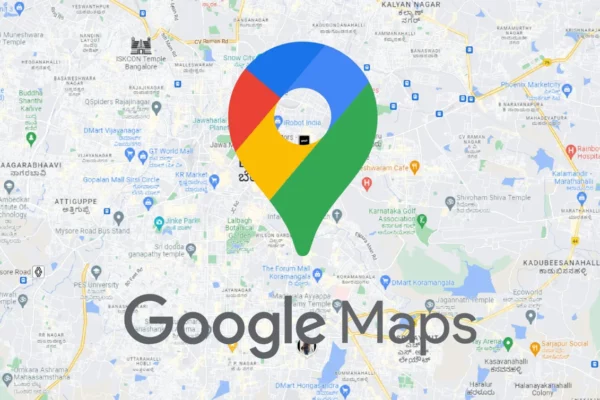Introduction
Google Maps has revolutionized the way we navigate and explore the world around us. From finding the quickest route to our destinations to discovering new places, restaurants, and landmarks, this powerful tool has become an essential part of our daily lives. In this comprehensive article, we will delve into the history, features, technology, benefits, and impact of Google Maps on modern society, providing a comprehensive understanding of how it has reshaped the way we interact with our environment.
- The Evolution of Google Maps
1.1 The Birth of Online Mapping Services 1.2 Acquisition of Key Technologies and Companies 1.3 The Introduction of Google Maps
- Understanding Google Maps
2.1 What is Google Maps? 2.2 How Google Maps Works: Mapping and Navigation 2.3 The Role of GPS and Satellite Imagery 2.4 Street View: A Virtual Exploration Tool 2.5 Map Data and Partnerships
- Key Features of Google Maps
3.1 Driving Directions and Navigation 3.2 Real-Time Traffic Updates 3.3 Public Transit Information 3.4 Bicycling and Walking Directions 3.5 Indoor Maps and Venue Navigation 3.6 Explore Nearby: Discovering Points of Interest 3.7 Offline Maps and Downloadable Regions 3.8 Custom Maps and Personalized Lists
- Google Maps for Businesses and Local Search
4.1 Google My Business: Connecting Businesses and Customers 4.2 Local SEO (Search Engine Optimization) 4.3 Advertisements and Location-Based Marketing 4.4 Reviews and Ratings: The Power of User Feedback 4.5 Data Insights for Businesses
- The Impact of Google Maps on Travel and Tourism
5.1 Planning Trips and Itineraries 5.2 Discovering Tourist Attractions and Landmarks 5.3 Navigating in Unfamiliar Places 5.4 Supporting Sustainable Tourism 5.5 Improving Accessibility for Travelers
- Google Maps and the Sharing Economy
6.1 Ride-Hailing and Transportation Services 6.2 Food Delivery and Takeout 6.3 Vacation Rentals and Accommodations 6.4 Peer-to-Peer Marketplace Integration 6.5 Car Sharing and Scooter Rentals
- Privacy and Data Concerns
7.1 Location Tracking and User Privacy 7.2 Data Collection and Storage 7.3 User Control and Personalization Settings 7.4 Addressing Ethical and Social Implications
- Google Maps and Social Impact
8.1 Disaster Response and Crisis Mapping 8.2 Environmental Monitoring and Conservation 8.3 Mapping for Social Development and Urban Planning 8.4 Empowering Local Communities 8.5 Google Maps in Education and Research
- Google Maps Innovations and Future Developments
9.1 Augmented Reality (AR) Navigation 9.2 AI-Driven Predictive Navigation 9.3 Smart City Integration 9.4 Seamless Indoor-Outdoor Navigation 9.5 Multi-Modal Transportation Planning
- Alternatives to Google Maps
10.1 Apple Maps 10.2 Waze 10.3 MapQuest 10.4 OpenStreetMap
Conclusion
Google Maps has undoubtedly become an indispensable tool for billions of users worldwide, reshaping the way we navigate, explore, and interact with the world around us. Its continuous development and innovations have not only simplified our daily lives but also contributed to various industries, from travel and tourism to local businesses and emergency response. As technology continues to advance, we can expect Google Maps to further enhance its features, providing even more personalized and comprehensive mapping solutions. Nevertheless, with the ever-growing concern over privacy and data, it is crucial for both users and developers to strike a balance between convenience and security to ensure that Google Maps remains a valuable and trusted tool in the digital era.











Leave a Reply
You must be logged in to post a comment.